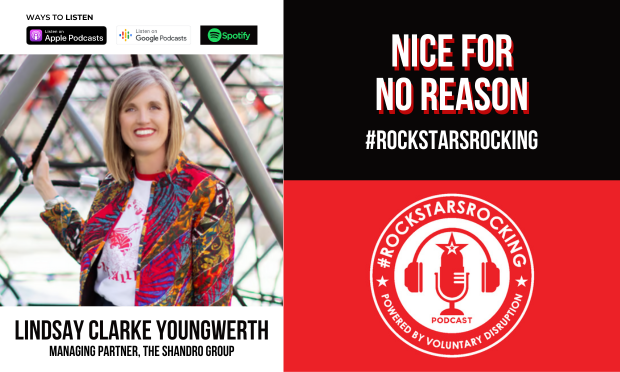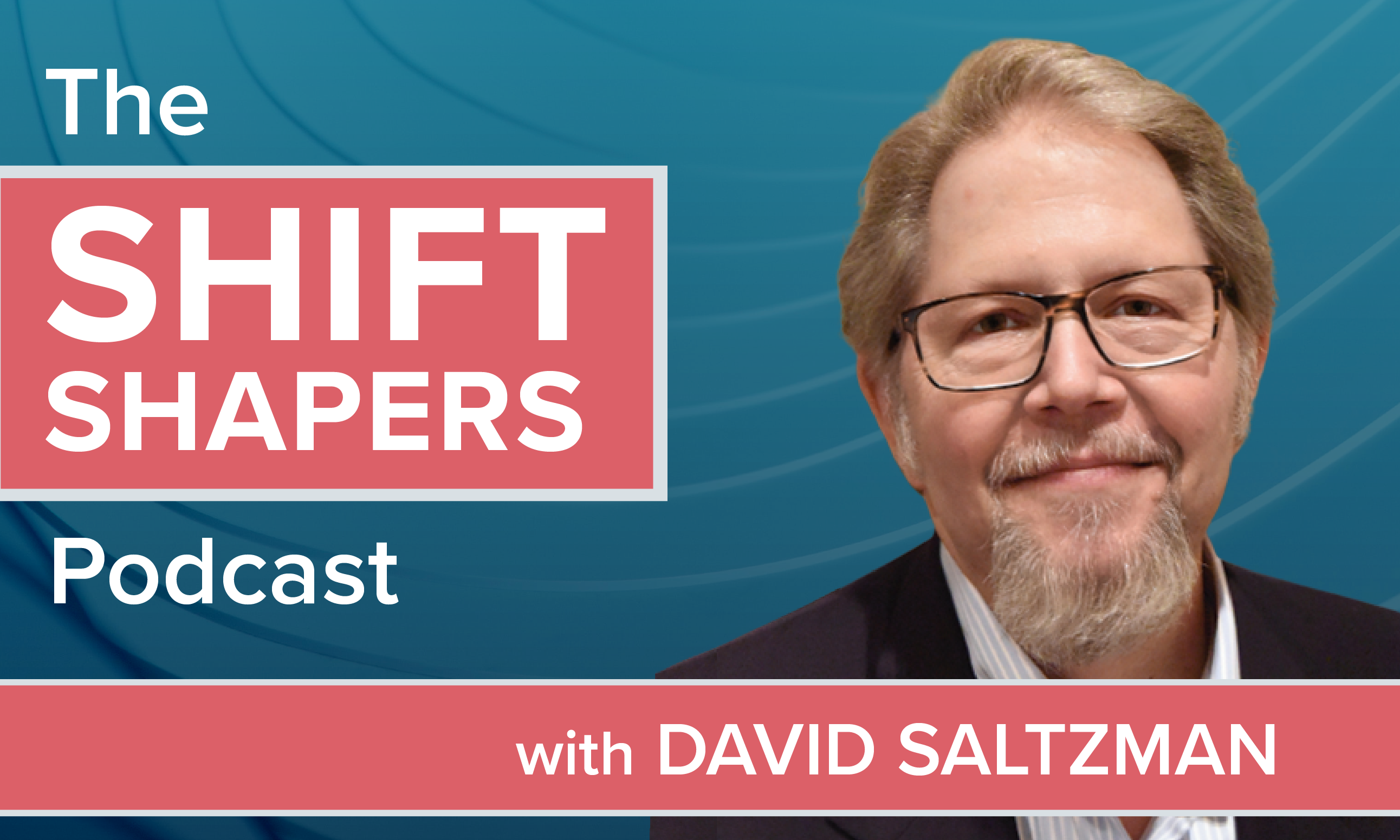 Alternate funding strategies arebecoming more attractive and accessible for groups of all sizes. Ashealth care costs reach a crisis point, employer interest in thesealternative approaches is on the rise. This shift is also drivingcarriers, vendors and other third parties to see opportunity inthis market and work with groups smaller than they traditionallywould have.
Alternate funding strategies arebecoming more attractive and accessible for groups of all sizes. Ashealth care costs reach a crisis point, employer interest in thesealternative approaches is on the rise. This shift is also drivingcarriers, vendors and other third parties to see opportunity inthis market and work with groups smaller than they traditionallywould have.
As a result, brokers are increasingly recognizing the need toprovide advice and assistance around transitioning away fromfully-insured plans. But this takes some planning, as thesestrategies represent a significant transition for clients andprospects.
|In the current slow season before open enrollment, benefitsprofessionals can take stock of their strategy for the coming year,and consider how they can best serve the changing needs of clientsand prospects in their market.
|Here are three things brokers need in their self-funding“toolbox.”
|Technology
|Though benefits has historically lagged behind other industrieswhen it comes to technology, this has changed over the last severalyears. There are more tools than ever before to streamline thebenefits experience, from health forms to enrollment and more.
|Health form software in particular will help brokers win newbusiness by making it easier to offer cutting-edge benefitsstrategies.
|The burdensome questionnaire process can often disincentivizebrokers and employers alike from pursuing self-funding, even ifit's the most cost-effective strategy. Solutions have been limitedin this space, but there are new, modern options that make thisprocess easier for employees to complete and brokers to manage.
|Vendor relationships
|Brokers will need to make recommendations to clients andprospects for services providers including third-partyadministrators (TPAs), reinsurance or stop-loss carriers andprovider networks.
|While many of these vendors traditionally either did not workwith small or mid-sized groups, or did not provide solutions thatmade sense for this market, this has begun to change as serviceproviders recognize the opportunity to compete againstunsustainable rate increases under the fully-insured model.
|Related: Creative plan design: Overcoming theobstacles
|For example, it's now possible to avoid lasering employees, and there are specificemployee deductibles as low as $25,000. Some TPAs and reinsurancecarriers will work with groups as small as 15 employees, whichmeans most employers will benefit from at least considering theiroptions for self-insurance.
|If you haven't reviewed self-insuring service providersrecently, this is a good place to start.
|A motivated prospect
|That said, as important as technology and good vendorrelationships are, the key component in moving groups towardself-funding is decision-maker motivation.
|The leadership team will need to be motivated to save money, andbrokers know that this can often be a harder sell than it seemslike it should be.
|To find a motivated prospect, first look for an ideal group —the characteristics of an ideal small group to move toself-insuring can be different from one market to another.
|Next, get really clear about who at the organization is thedecision-maker. The owner may not have been involved in benefitsfor a decade, but self-funding represents a transition, and theymay need to be involved.
|Ask directly: “Is there anyone else we need to give a heads upto?” This allows you to get the decision-maker at the table withyou, and minimizes the risk of presenting a really good option thatis ultimately vetoed at the last minute by a decision-maker who wasnot included in the discussion from the beginning.
|Finally, clearly communicate the savings opportunity. A goodquestion to ask is “If we had all the work done, and we saved 15percent, would you do this? What about 10 percent? At what pointwould you not go for these savings?”
|These questions will help you have the right conversation withthe right people at the organization, and hopefully motivate theprospect to make the transition. With technology and good vendorrelationships, you can also make that process as easy aspossible.
|Preparing these tools now will give you a competitivedifferentiator while prospecting and allow you to build your bookof business prior to open enrollment.
Complete your profile to continue reading and get FREE access to BenefitsPRO, part of your ALM digital membership.
Your access to unlimited BenefitsPRO content isn’t changing.
Once you are an ALM digital member, you’ll receive:
- Critical BenefitsPRO information including cutting edge post-reform success strategies, access to educational webcasts and videos, resources from industry leaders, and informative Newsletters.
- Exclusive discounts on ALM, BenefitsPRO magazine and BenefitsPRO.com events
- Access to other award-winning ALM websites including ThinkAdvisor.com and Law.com
Already have an account? Sign In
© 2024 ALM Global, LLC, All Rights Reserved. Request academic re-use from www.copyright.com. All other uses, submit a request to [email protected]. For more information visit Asset & Logo Licensing.








